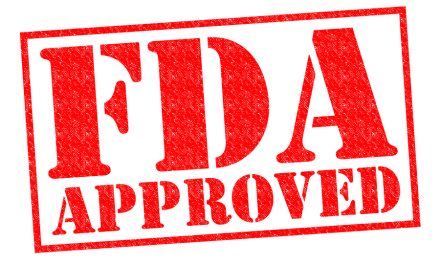(Note from Erin: I’d bet my right arm in the photo this study is accurate…I’ve heard this from experts for 20 years. It’s already happening in many places other than Flint and Detroit, Michigan.)
The average monthly water bill in the good US of A is $120. However, researchers at Michigan State University have predicted that this number is going to rise by $49 over the next five years. If that increase happens, a study recently published in PLOS ONE, says that water will become unaffordable for one-third of American households.
From the article:
“The project deals with looking at the economic impacts of rising water prices on both households and regional economies,” said Elizabeth Mack, an MSU geographer who led the work.
When she first pitched the research idea to her colleagues, some scoffed. While water un-affordability is common overseas, Mack said, most assume Americans have the resources and the willingness to do whatever it takes to pay for water.”
But even with all the willingness that exists, if prices rise too high and do it quickly, willingness won’t matter. In fact, a survey from two years ago found that in 30 major US cities, water bills rose by 41 percent between 2010 and 2015. One needs look no further than Detroit to see that truth play out; 50,000 households have lost water access since 2014. And in Philadelphia, 40 percent of the city’s 227,000 water bills are past due.
So why are prices rising? Infrastructure replacement is the primary driver and urban flight is another (fewer people to pay the same total). For far too long we’ve skipped investing in water infrastructure and that choice is starting to bite back. In fact, much of our water infrastructure dates to World War II or earlier. Here’s a crazy fact: Washington, D.C. still runs water through wooden pipes from the mid-1800s. (YIKES.)
Below is a map the team at MSU created and published in PLOS ONE showing which shows the communities most at-risk for water poverty. “Counties (census tracts) with a high-risk (black) or at-risk (grey) of losing water access due to affordability. High-risk is defined as areas with a median income below $32,000, which are likely to face affordability challenges based on current water rates. At-risk communities have median incomes of $32,000 and $45,120,” reports the article.

More from the article:
“On Tuesday, Senate democrats unveiled a $1 trillion infrastructure plan that would allocate $110 billion to water and sewer rehabilitation. But water policy agencies predict a total overhaul of America’s water would itself cost $1 trillion. Tack on another $36 billion to adjust for drought, seawater intrusion into aquifers, flooding and other climate change-based shifts to water systems.”
https://www.youtube.com/watch?v=V892lKMJeNI
Sadly, Flint may have attracted the most attention due to its water issues but they are certainly not alone. We need to work, fast, to fix this problem.
Source: PBS












